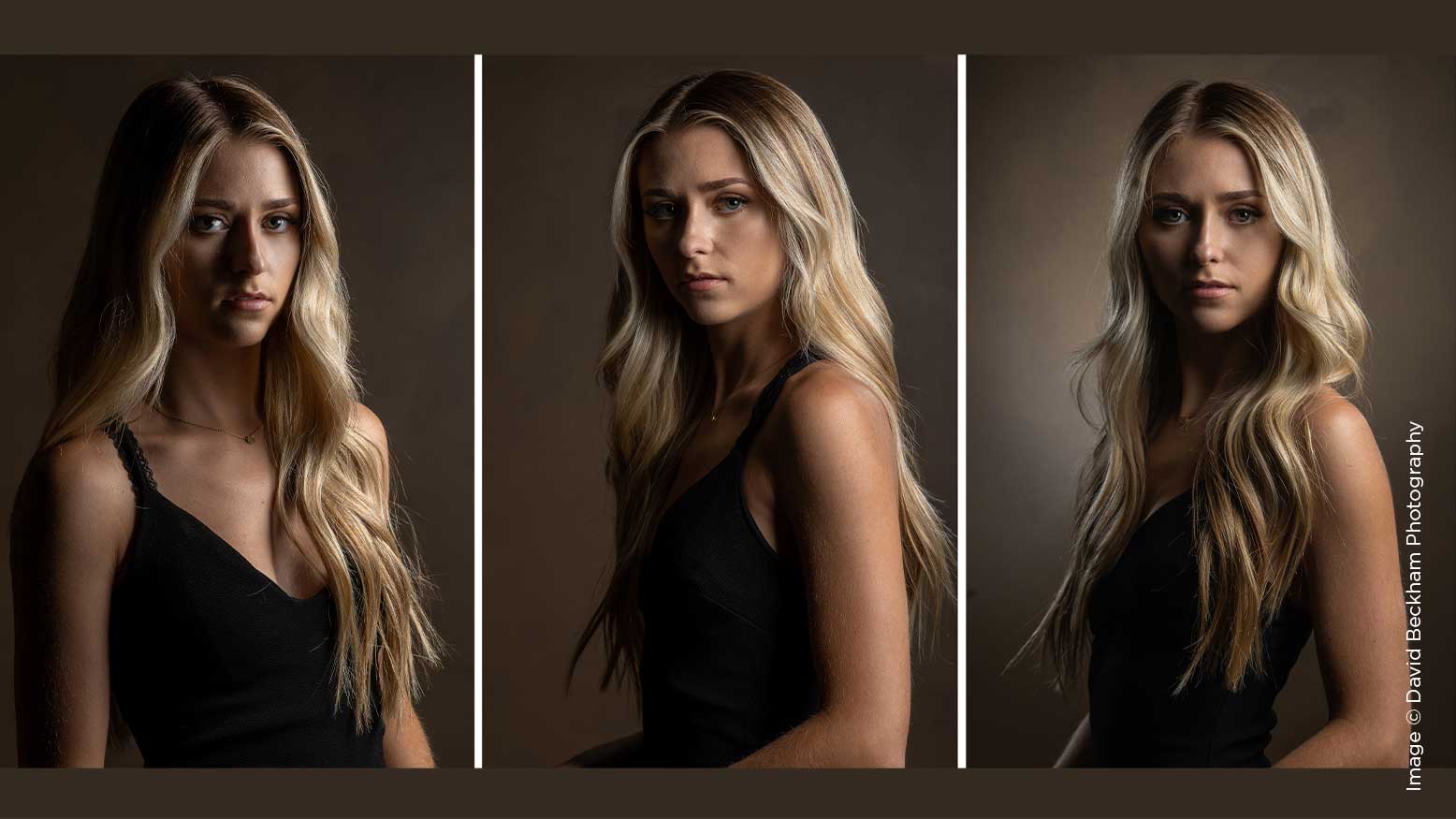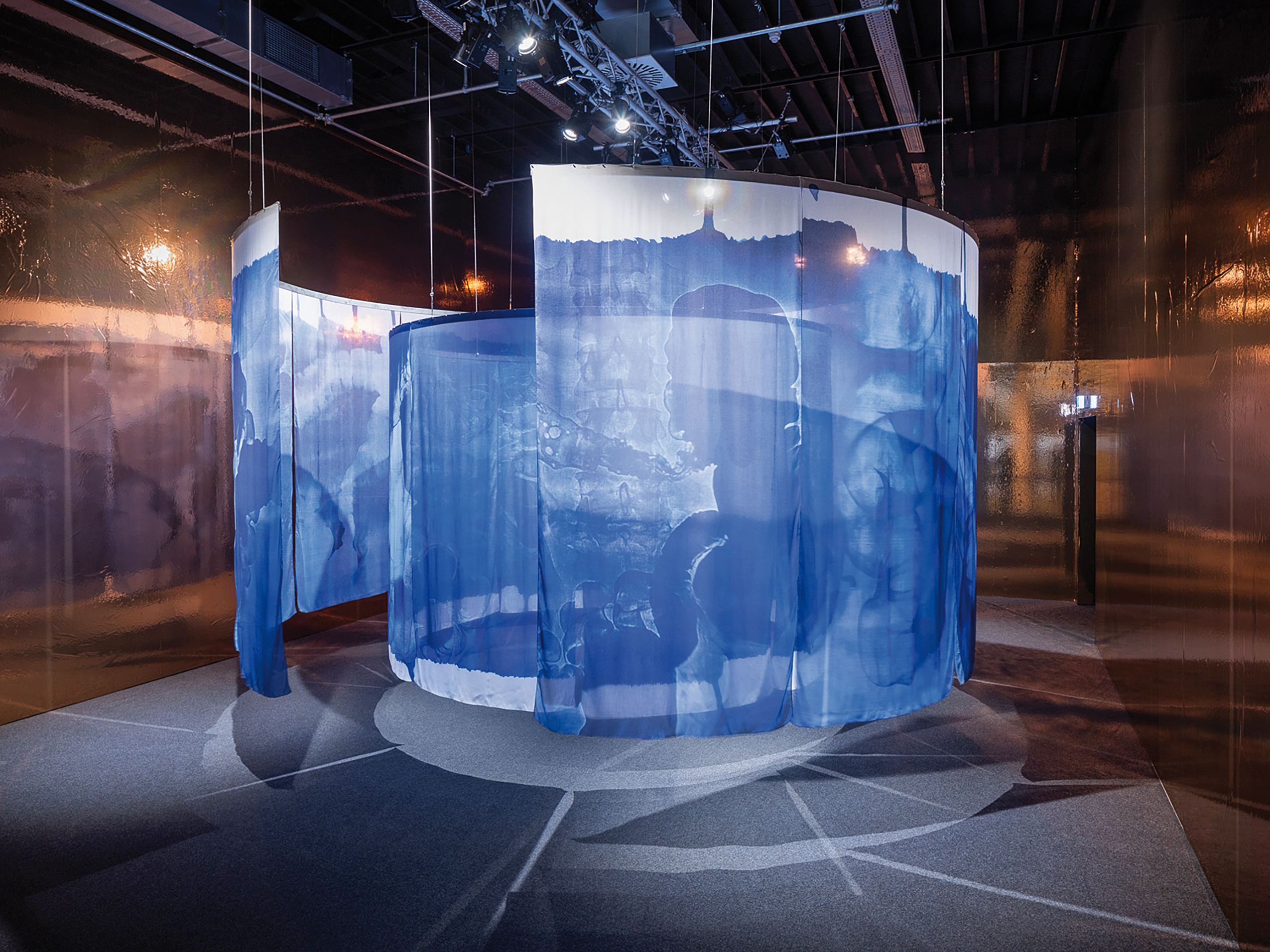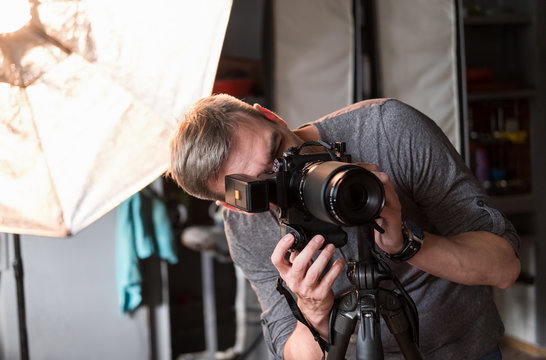Mastering the Art of Light: Innovative Photography Techniques for the Modern Shutterbug

15-11-2024, 22:06 Admin 1 289 0
Mastering the Art of Light: Unconventional Photography Strategies for the Contemporary Shutterbug
Photographic mastery revolves around the ability to handle and manipulate light effectively, hence understanding how it works, behaves, and interacts with subjects is crucial. This article explores innovative photography techniques that hinge not only on advanced understanding of light, but also on the utilisation of modern technology and tools aimed at enhancing efficiency.
Firstly, let's delve into the world of high-speed sync (HSS) flash. This technology surpasses the traditional speed limitation of the camera's shutter sync, allowing for faster shutter speeds when using a flash. It's particularly useful for freezing action in bright conditions or to reduce the depth of field in a well-lit scene. An example of this technique in action is Joe McNally’s dance portfolio. His striking images of ballet dancers in mid-air demonstrate the power of HSS in freezing motion and controlling the depth of field, even in substantial sunlight.
Another groundbreaking approach involves the use of light field photography. Rather than capturing a flat two-dimensional image, light field camera technology captures the intensity of light in a scene and the direction that light is traveling in every point in space. This allows photographers to refocus the image after it's been captured. Ren Ng’s pioneering work using a Lytro illum camera is a great illustration of this technique. Ng captures the dynamic motion of water droplets, providing a new perspective by focusing on different elements of the image post-capture.
Drone technology has also reshaped landscape photography, offering new ways to master light from high and unique vantage points. The ability to mount cameras on these devices has given photographers the freedom to capture breathtaking imagery from above, transforming the way we perceive light and landscapes. For instance, Singapore-based photographer Chia Joel acquires mesmerizing night light images of urban landscapes using a drone.
Finally, computational photography techniques are revolutionising the way we harness light. Tools such as artificial intelligence, machine learning, and algorithms are now applied to process and improve photos. Programs like Adobe's Lightroom employ AI to correct imperfections, balance light, and even suggest optimal editing decisions based on your photo. Award-winning photographer Trey Ratcliff utilizes various computational photography elements in his work, even developing a software to process HDR (High Dynamic Range) images, which allow for a more balanced and vivid distribution of light in photos.
Mastering the art of light is essential for any modern shutterbug. Exploiting emerging technologies and unconventional techniques not only explores uncharted photographic territories but also facilitates efficiency in capturing and processing images. Remember, driving innovation is not just in understanding theories and techniques, but also in harnessing the potential of cutting-edge tools and resources to illuminate your photographic journey.
Photographic mastery revolves around the ability to handle and manipulate light effectively, hence understanding how it works, behaves, and interacts with subjects is crucial. This article explores innovative photography techniques that hinge not only on advanced understanding of light, but also on the utilisation of modern technology and tools aimed at enhancing efficiency.
Firstly, let's delve into the world of high-speed sync (HSS) flash. This technology surpasses the traditional speed limitation of the camera's shutter sync, allowing for faster shutter speeds when using a flash. It's particularly useful for freezing action in bright conditions or to reduce the depth of field in a well-lit scene. An example of this technique in action is Joe McNally’s dance portfolio. His striking images of ballet dancers in mid-air demonstrate the power of HSS in freezing motion and controlling the depth of field, even in substantial sunlight.
Another groundbreaking approach involves the use of light field photography. Rather than capturing a flat two-dimensional image, light field camera technology captures the intensity of light in a scene and the direction that light is traveling in every point in space. This allows photographers to refocus the image after it's been captured. Ren Ng’s pioneering work using a Lytro illum camera is a great illustration of this technique. Ng captures the dynamic motion of water droplets, providing a new perspective by focusing on different elements of the image post-capture.
Drone technology has also reshaped landscape photography, offering new ways to master light from high and unique vantage points. The ability to mount cameras on these devices has given photographers the freedom to capture breathtaking imagery from above, transforming the way we perceive light and landscapes. For instance, Singapore-based photographer Chia Joel acquires mesmerizing night light images of urban landscapes using a drone.
Finally, computational photography techniques are revolutionising the way we harness light. Tools such as artificial intelligence, machine learning, and algorithms are now applied to process and improve photos. Programs like Adobe's Lightroom employ AI to correct imperfections, balance light, and even suggest optimal editing decisions based on your photo. Award-winning photographer Trey Ratcliff utilizes various computational photography elements in his work, even developing a software to process HDR (High Dynamic Range) images, which allow for a more balanced and vivid distribution of light in photos.
Mastering the art of light is essential for any modern shutterbug. Exploiting emerging technologies and unconventional techniques not only explores uncharted photographic territories but also facilitates efficiency in capturing and processing images. Remember, driving innovation is not just in understanding theories and techniques, but also in harnessing the potential of cutting-edge tools and resources to illuminate your photographic journey.
Related News
Leave a Comment


